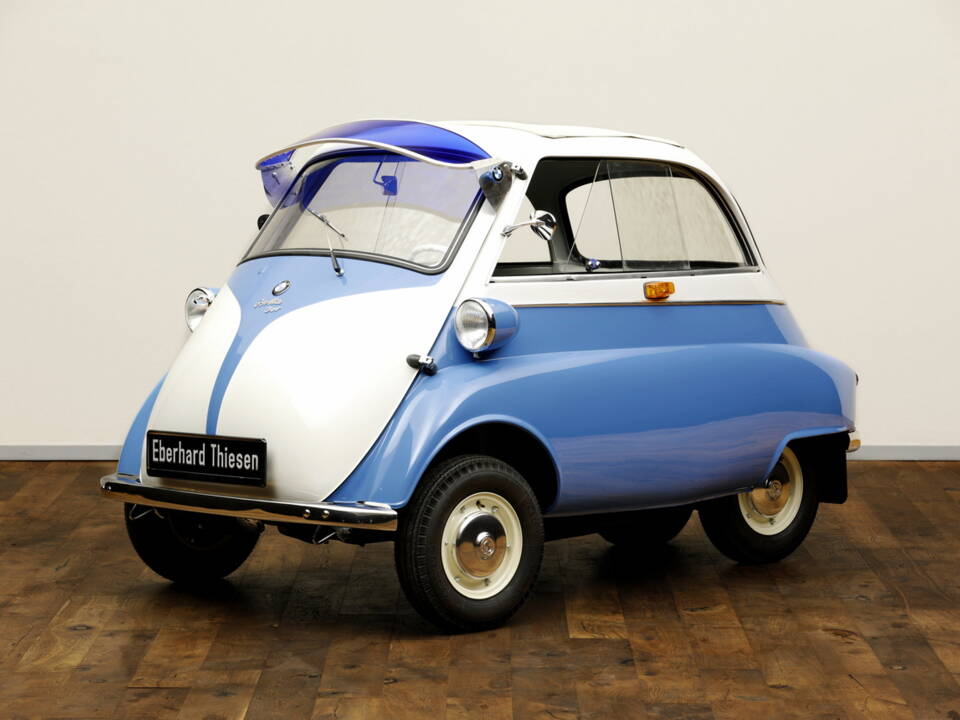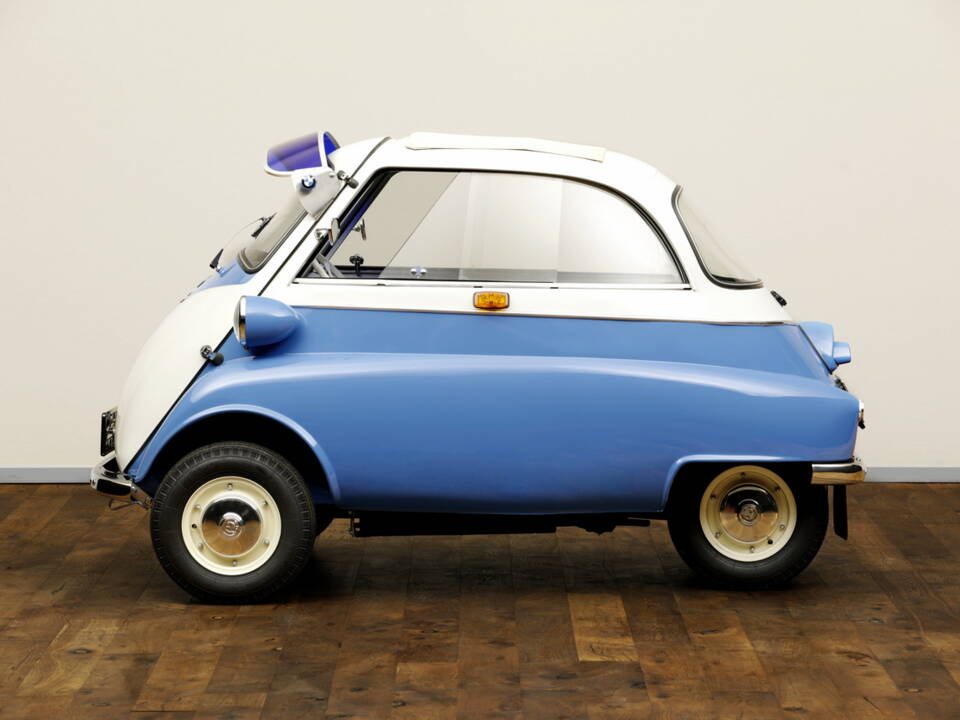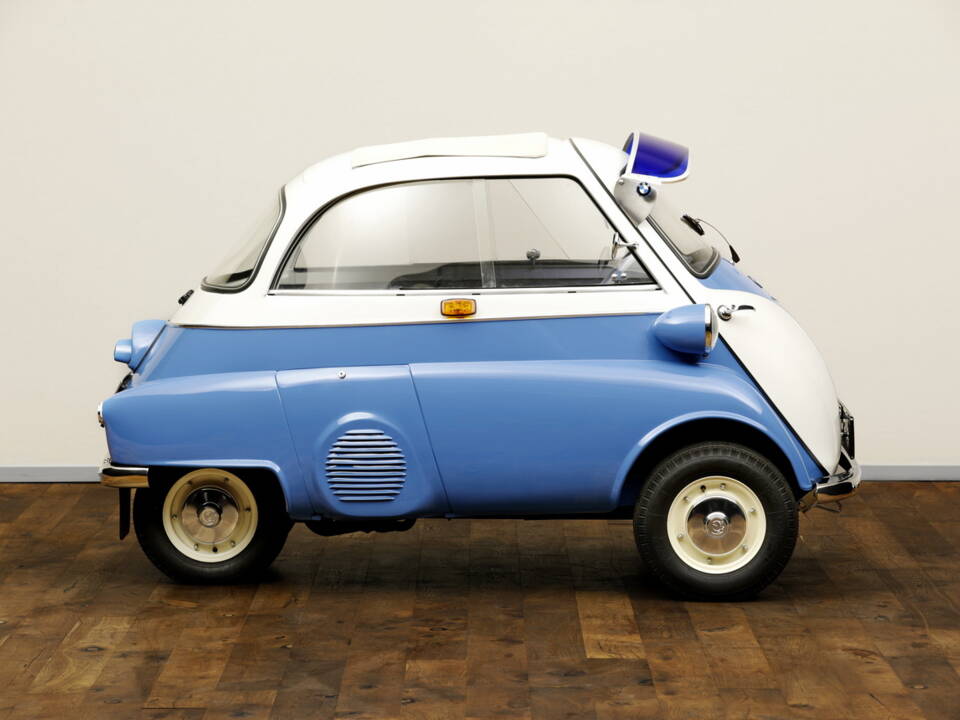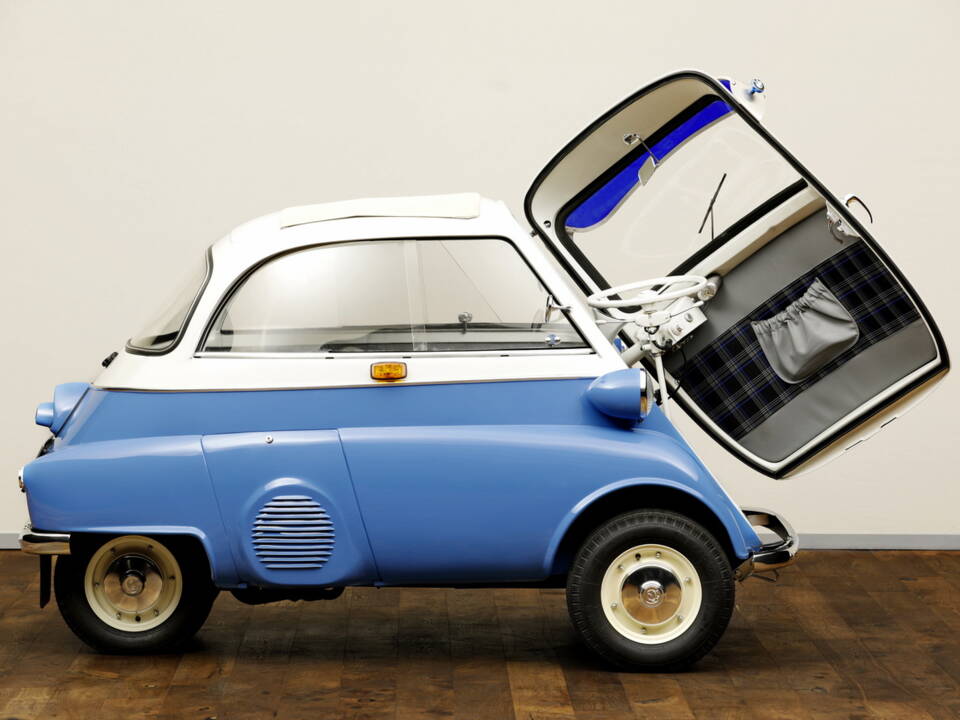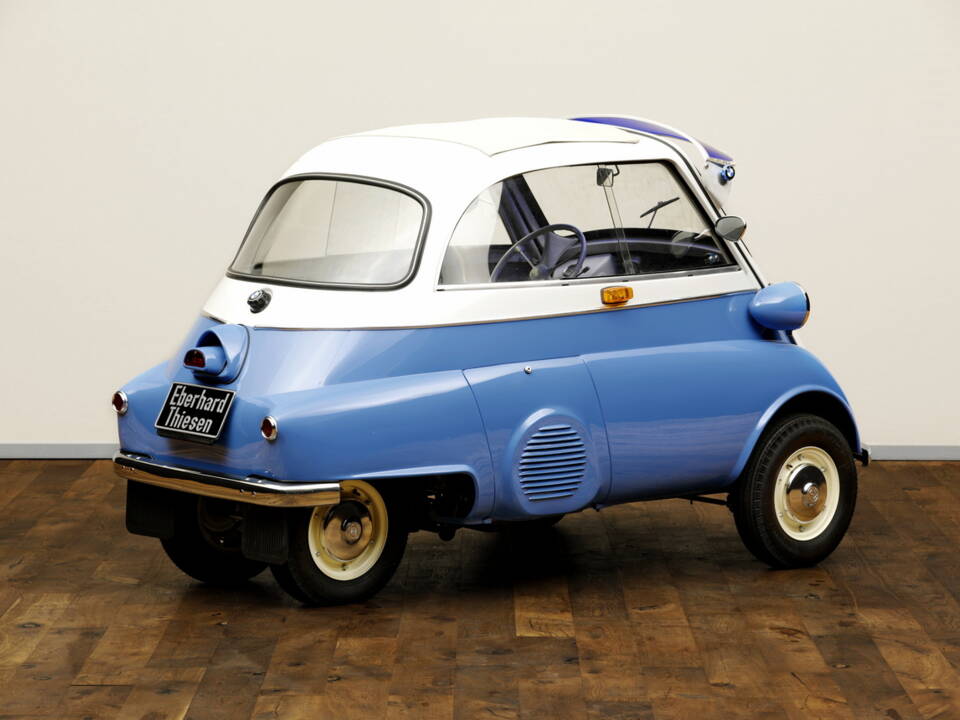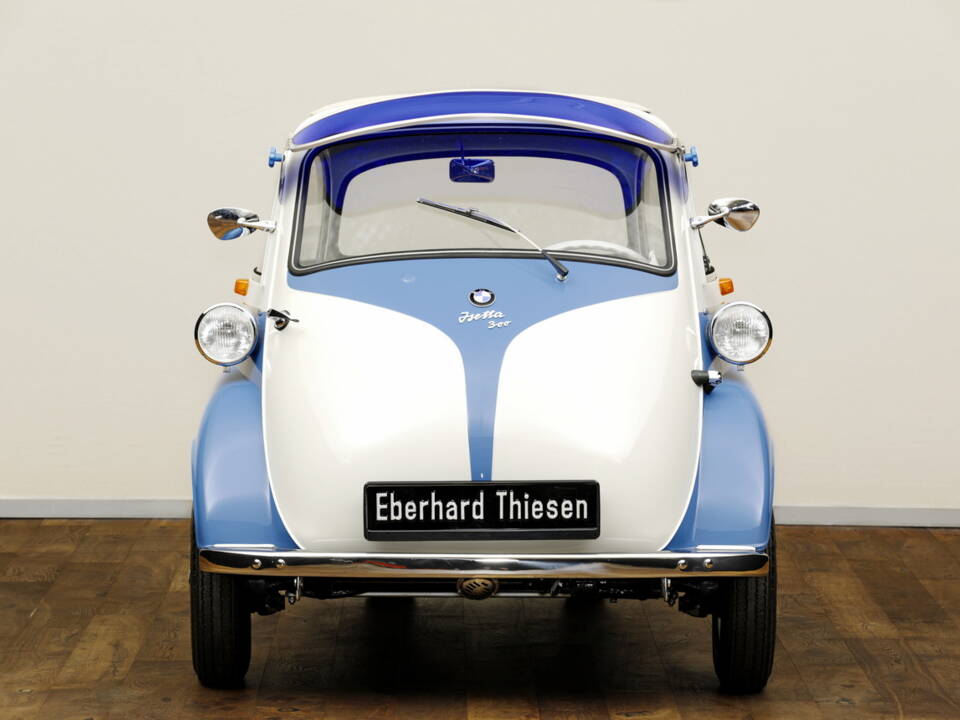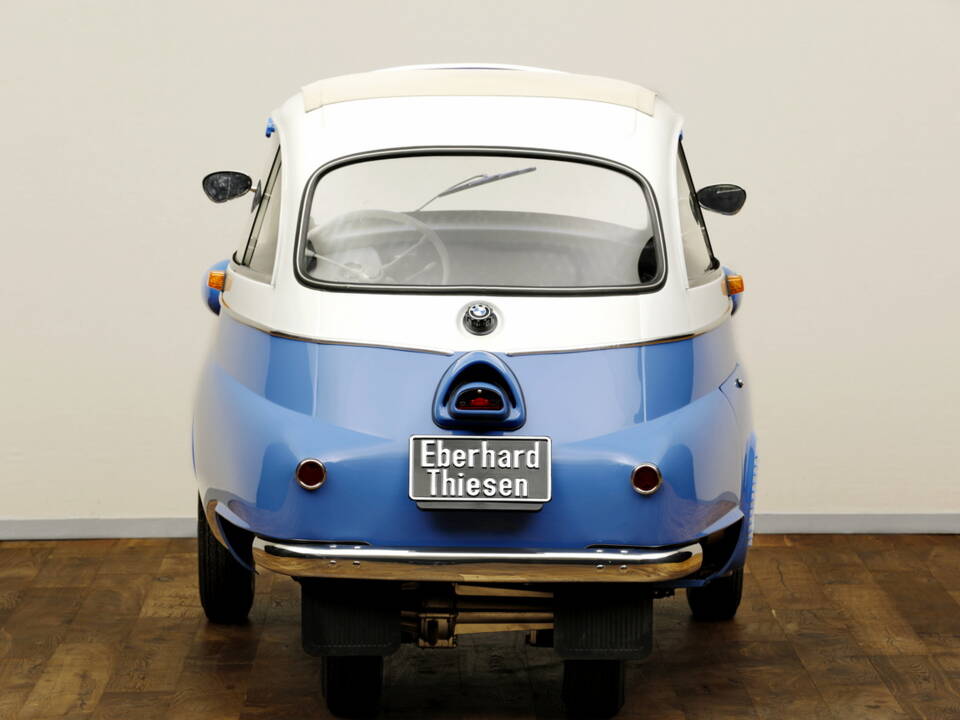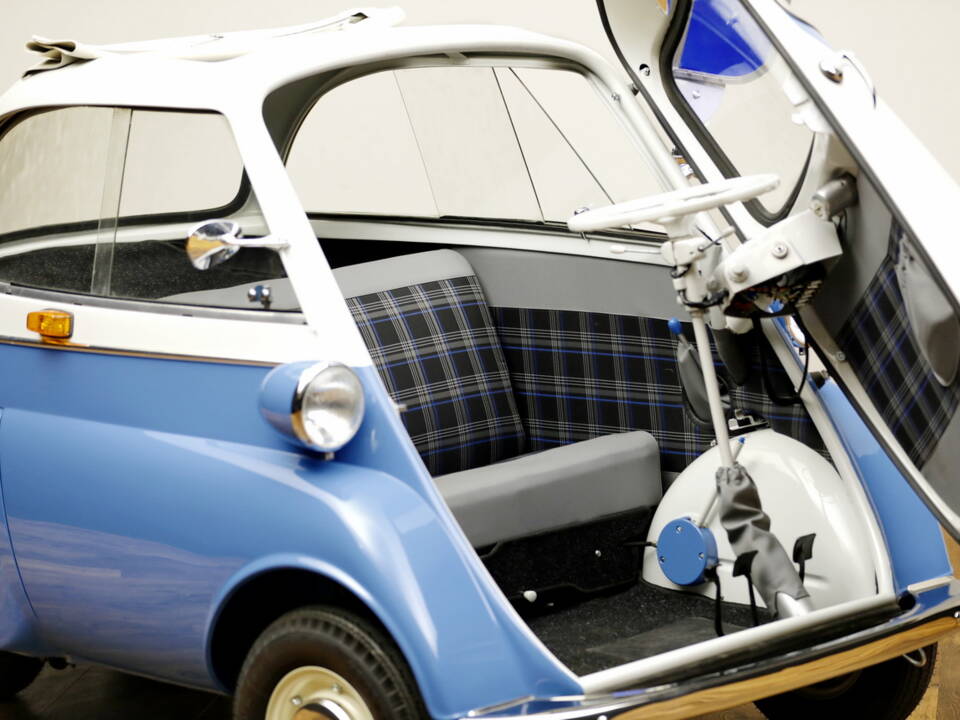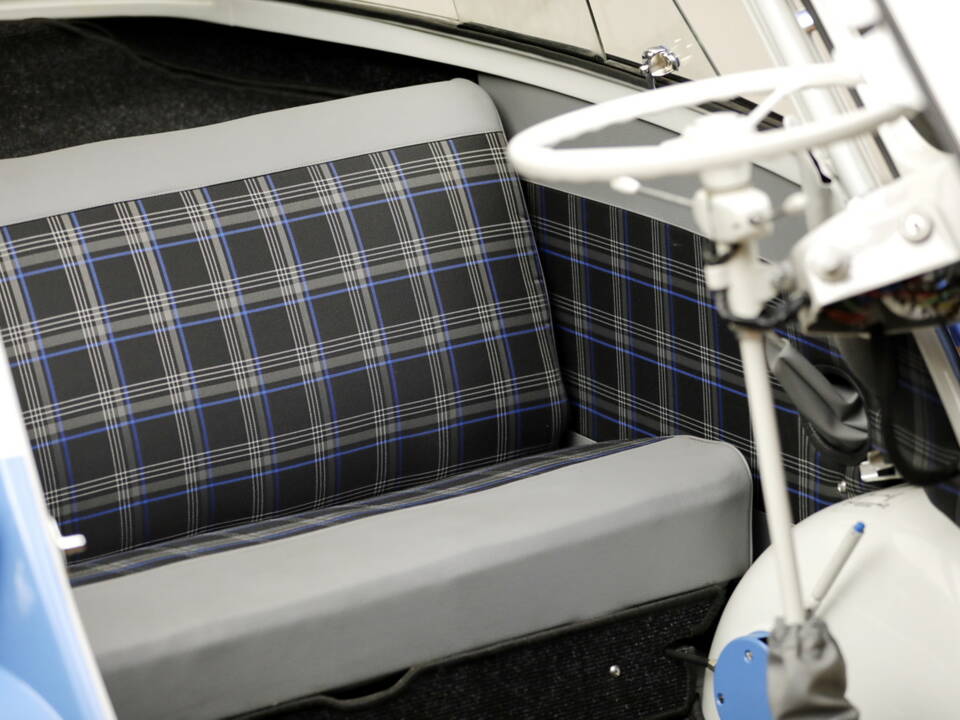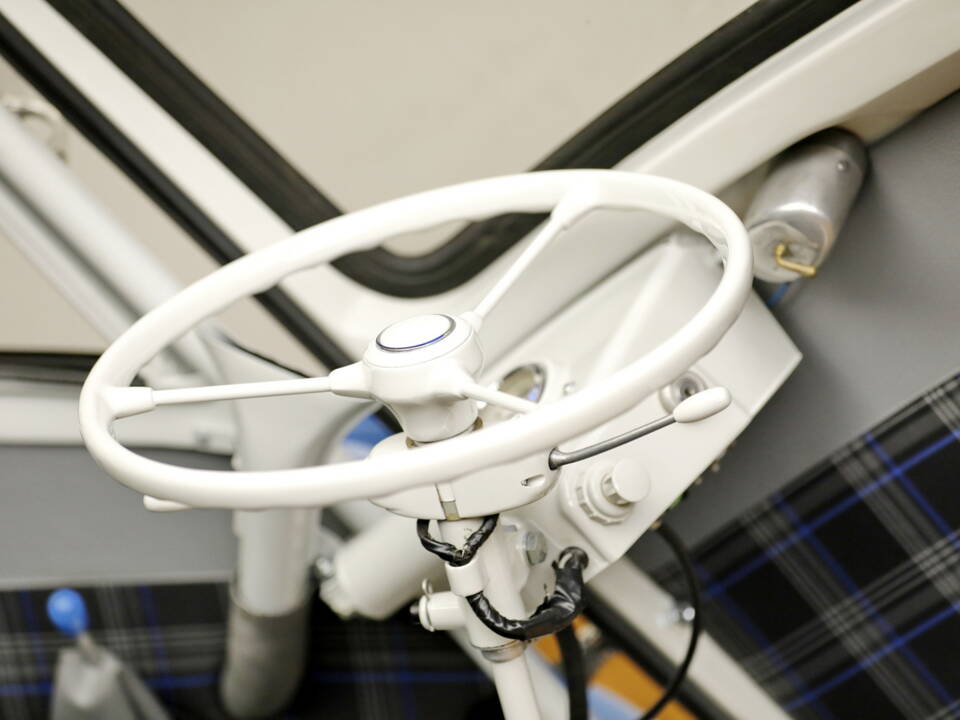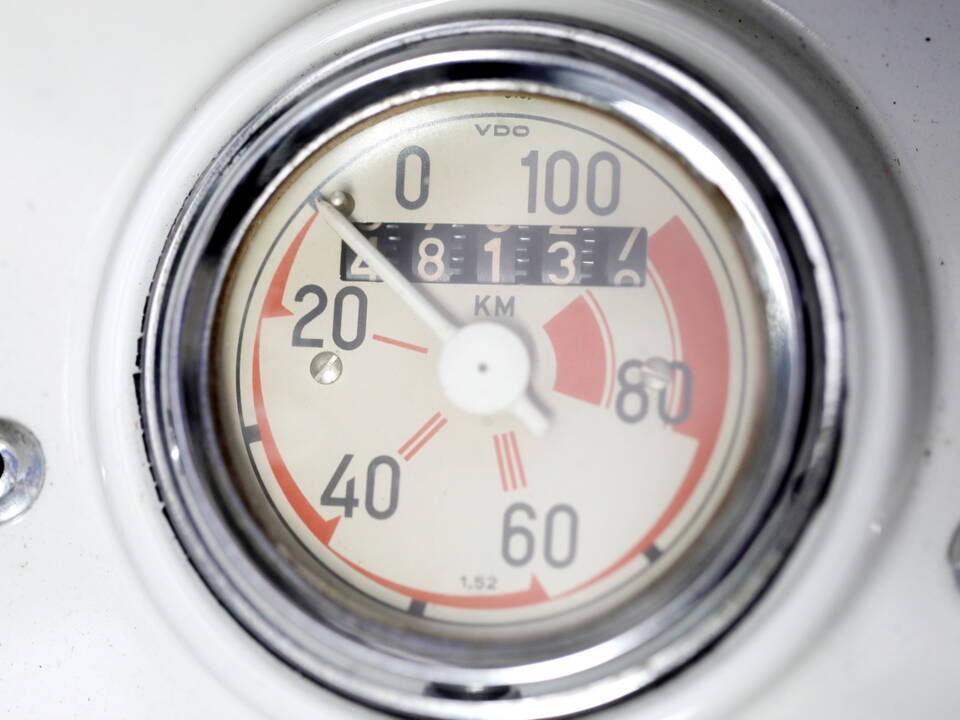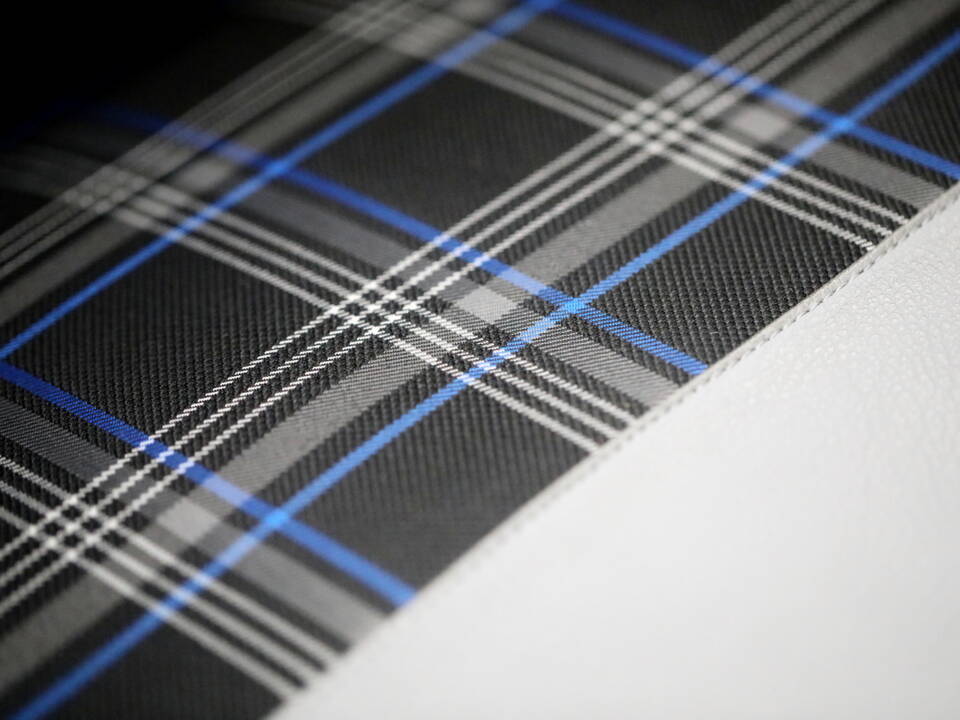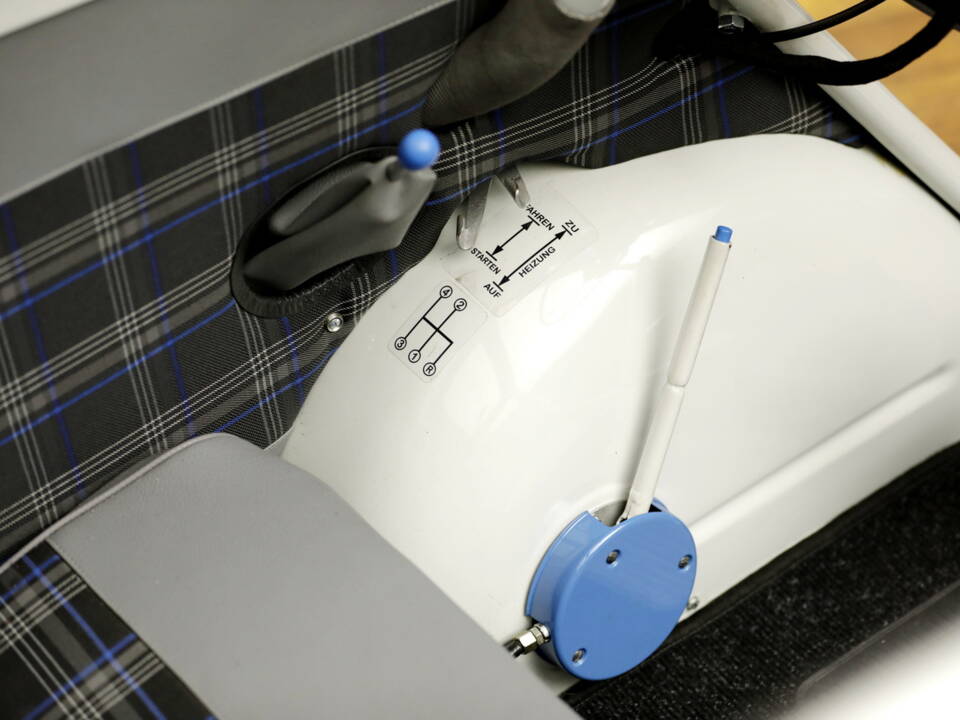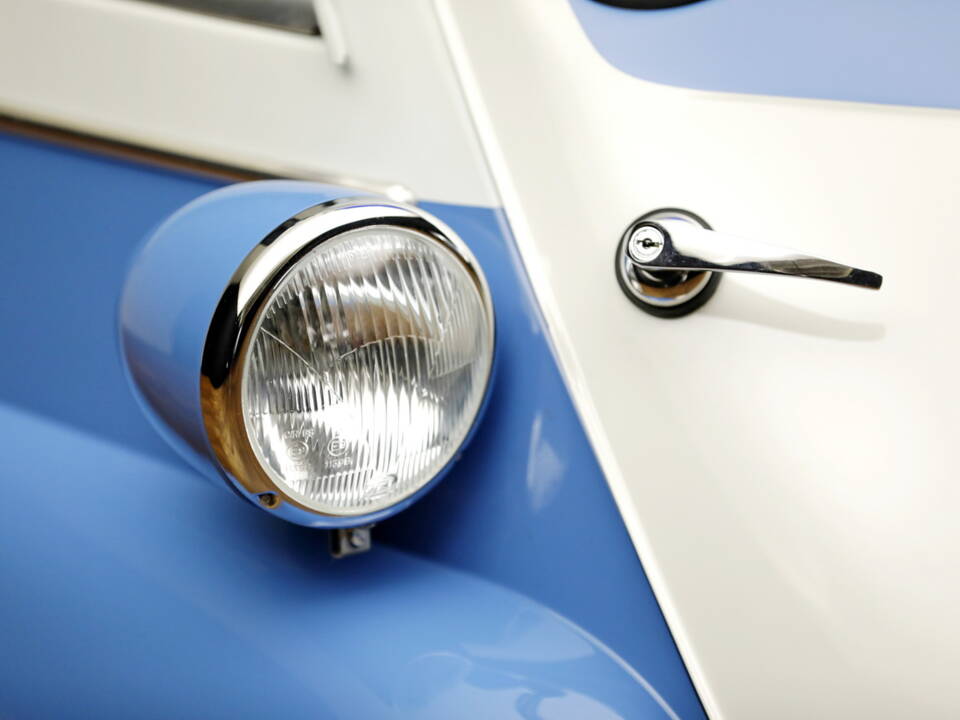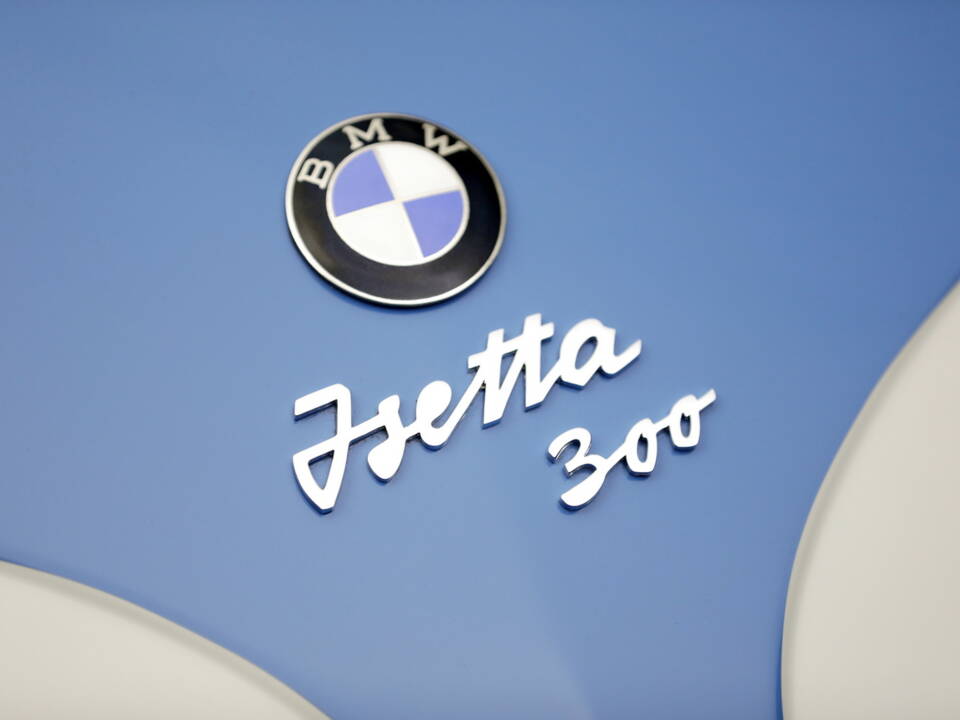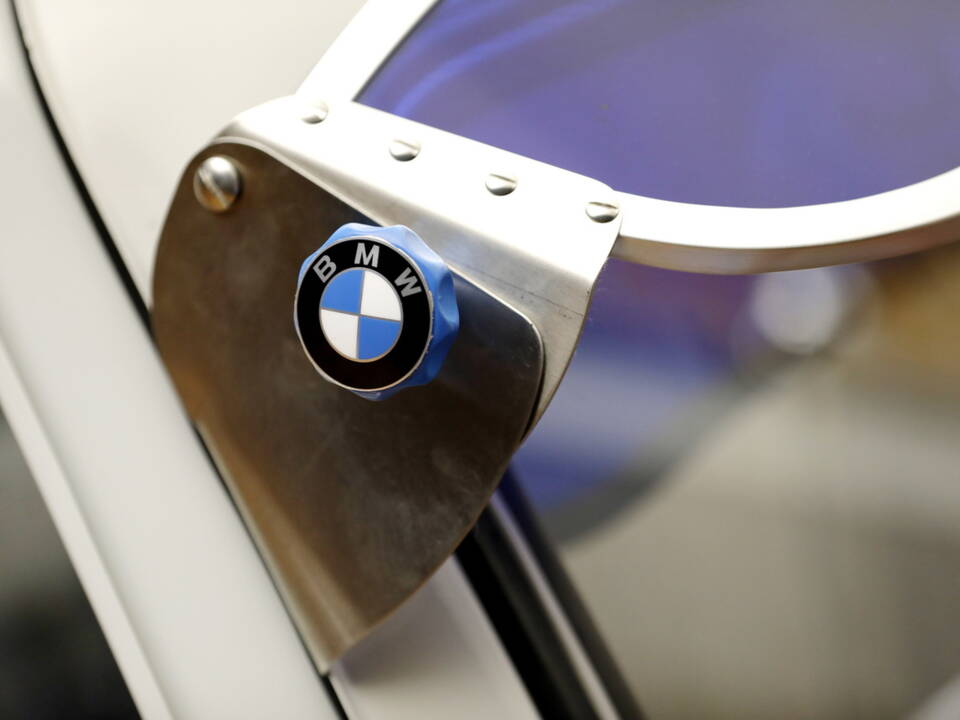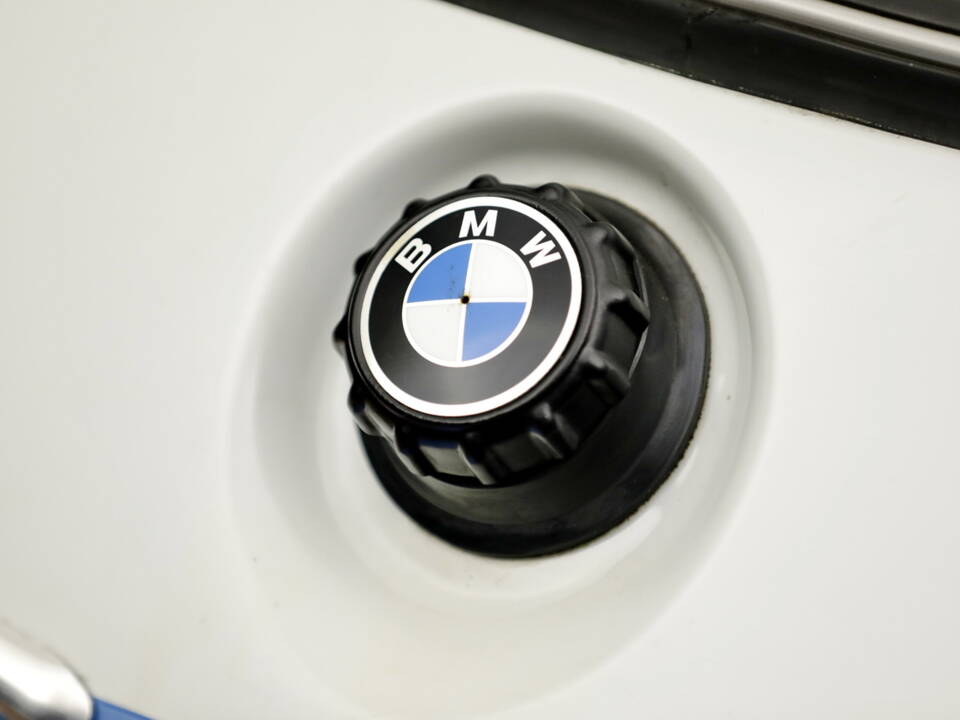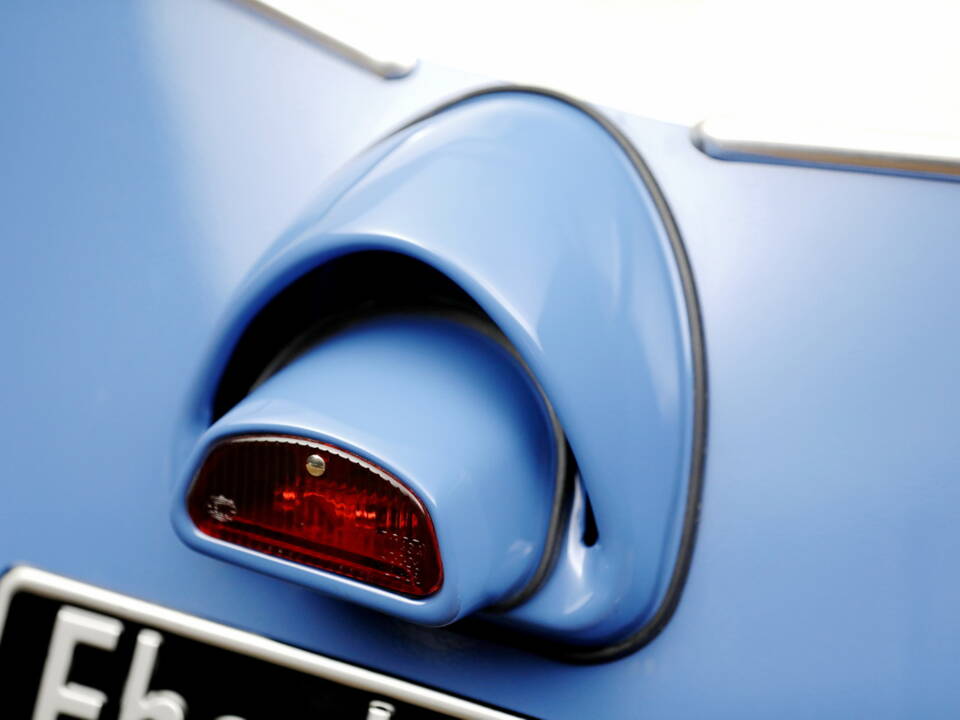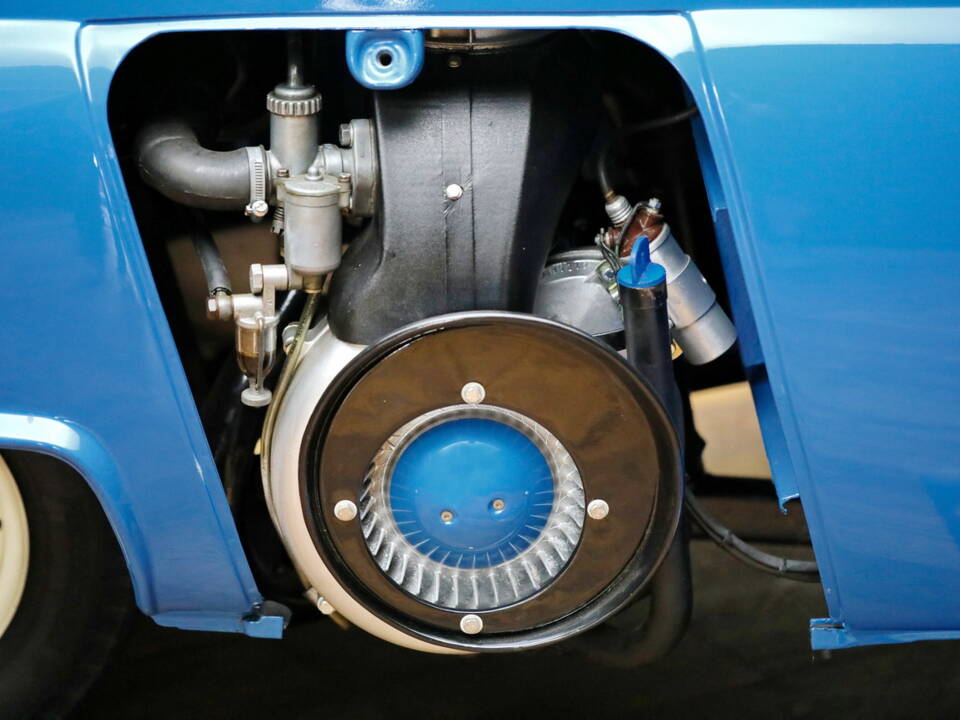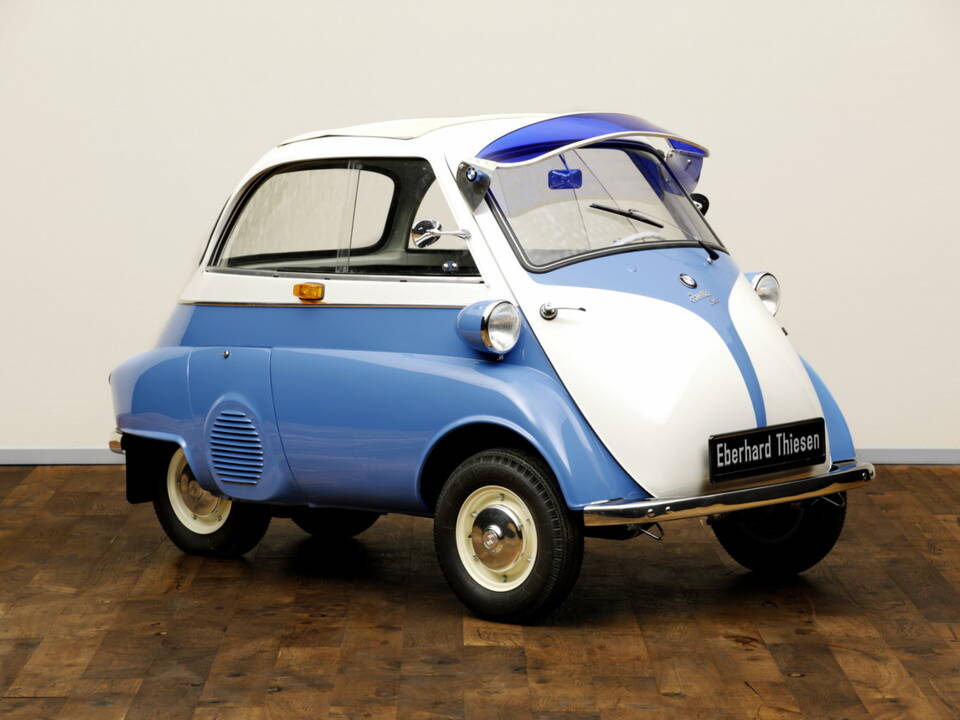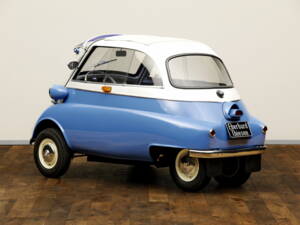1958 | BMW Isetta 300
Todos los servicios para este vehículo
Descripción
- Elegant two-colour paint finish in light blue and cream white
- Rare opening roll-up roof
- Late version with sliding windows
- ‘Large’ 300 cc version
At the end of the Second World War, BMW found itself in a difficult economic situation. Its most important passenger car plant now belonged to the Soviet occupation zone, while the Munich plants had been used for aircraft engines and military motorbikes and were not directly available. The first car developed after the war, the 501 ‘Barockengel’, sold moderately well. The car was simply unaffordable for large parts of the population, and many did not even have a car driving licence. So-called scooters such as the Messerschmitt Kabinenroller or the Goggomobil dominated the market. BMW, on the other hand, only had motorbikes or the premium class in the form of the 501. And its poor sales prevented the budget for the development of a small car. Meanwhile, a few hundred kilometres further south, Renzo (Iso) Rivolta, until then a manufacturer of motorbikes and refrigerators, launched the Iso Isetta: a scooter interesting for German customers. A small “metal ball” on three wheels, powered by a two-stroke twin-piston motorbike engine. A vehicle so minimalist and compact that it didn't even have side doors. Instead, the entire front swung open thanks to a mechanism inspired by cargo gliders. BMW decided to build it under licence after seeing the small vehicle at the Turin Motor Show, but not without a few improvements. The BMW Isetta was given a second rear wheel (which was immediately dropped in some markets so as not to be considered a passenger car), an air-cooled four-stroke single-cylinder engine from the motorbike division (first 245, then 298 cc) and a reverse gear. With these improvements and a slightly refined design, the BMW Isetta was launched on the market in 1955. It became a power seller and made the ‘Knutschkugel’ from Munich not only the most successful of the various licensed models, but also a symbol of the German economic miracle. Less than a year after the Isetta 250 went on sale, it became the Isetta 300, with a displacement increased by 53 cc to 298 cc, bringing 1 hp and 4.5 additional Newton metres. In 1957, BMW also launched the BMW 600, inspired by the Isetta, in principle a 20cm longer Isetta with rear seats and side doors in addition to the front entrance. Production of the BMW Isetta ended in 1962 after 161,728 units, and if you include the ‘big Isetta’ (600), there were another 35,000 examples. The model still enjoys a large fan base today, and there are still licensed models, some of which are now electrified.
Detalles del vehículo
Datos del vehículo
- Marca
- BMW
- Serie del modelo
- Isetta
- Modelo
- Isetta 300
- Código fabricante
- Typ 102
- Primera fecha de registro
- No provisto
- Año de construcción
- 1958
- Kilometraje (leer)
- 48.137 km
- Número de chasis
- No provisto
- Número de motor
- No provisto
- Número de la caja de cambios
- No provisto
- Coincidencia de números
- No
- Número de propietarios
- No provisto
Detalles técnicos
- Carrocería
- City Car (Small Car)
- Potencia (kW/CV)
- 10/13
- Capacidad cúbica (cm³)
- 298
- Cilindro
- 1
- Puertas
- No provisto
- Manejo
- Izquierda
- Caja de cambios
- Manual
- Marchas
- No provisto
- Engranaje
- Trasero
- Freno delantero
- Tambor
- Freno trasero
- Tambor
- Combustible
- Gasolina
Configuración individual
- Color exterior
- Azul
- Color interior
- Gris
- Material interior
- Tejido
Condición, registro y documentación.
- Tiene peritaje
- Condición
- Informe de inspección del libro
- Matriculado
- Listo para conducir
Ubicación
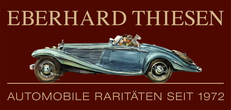
Eberhard Thiesen GmbH & Co. KG
Eberhard Thiesen
Tarpen 40 - Halle 12
22419 Hamburg
🇩🇪 Alemania
